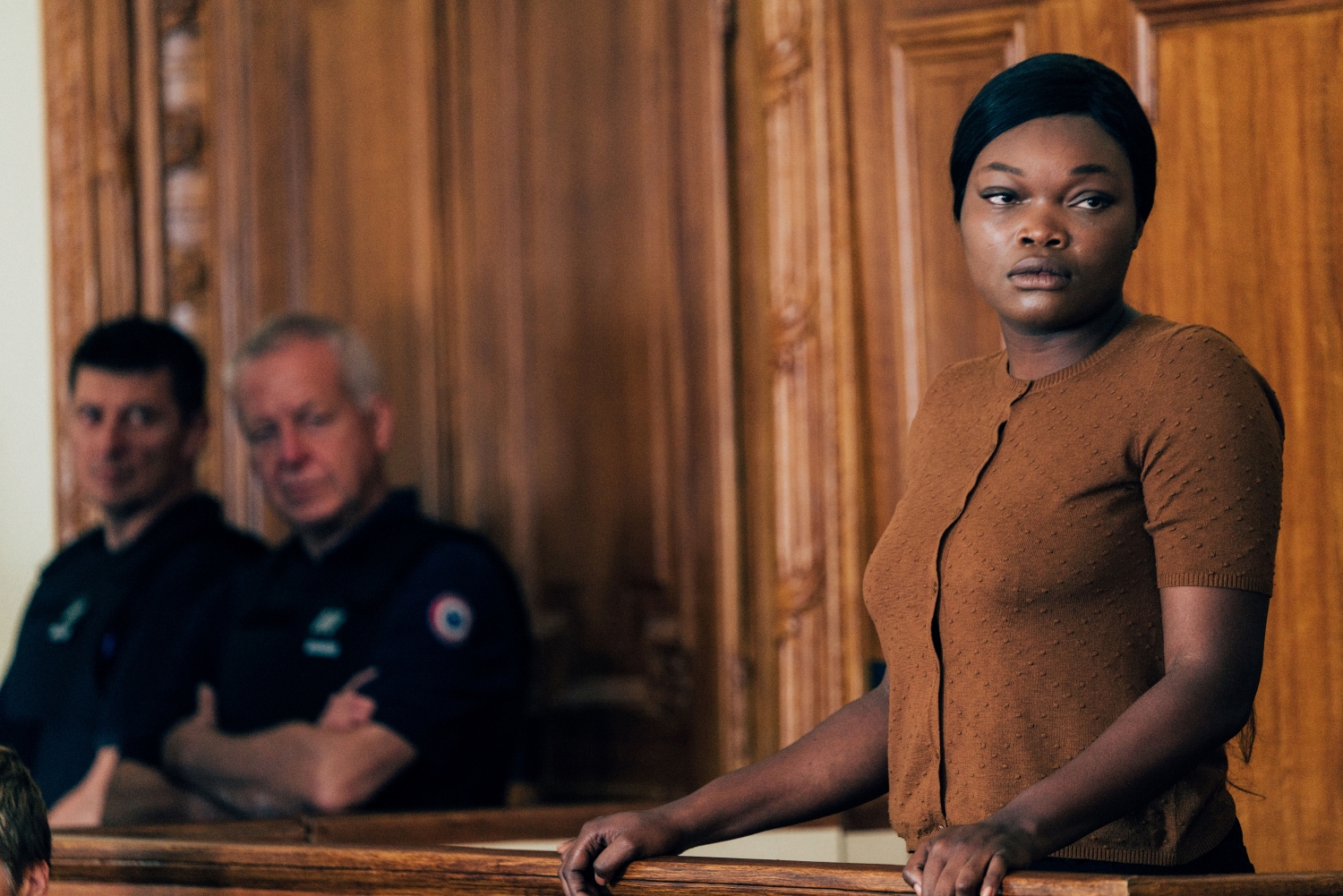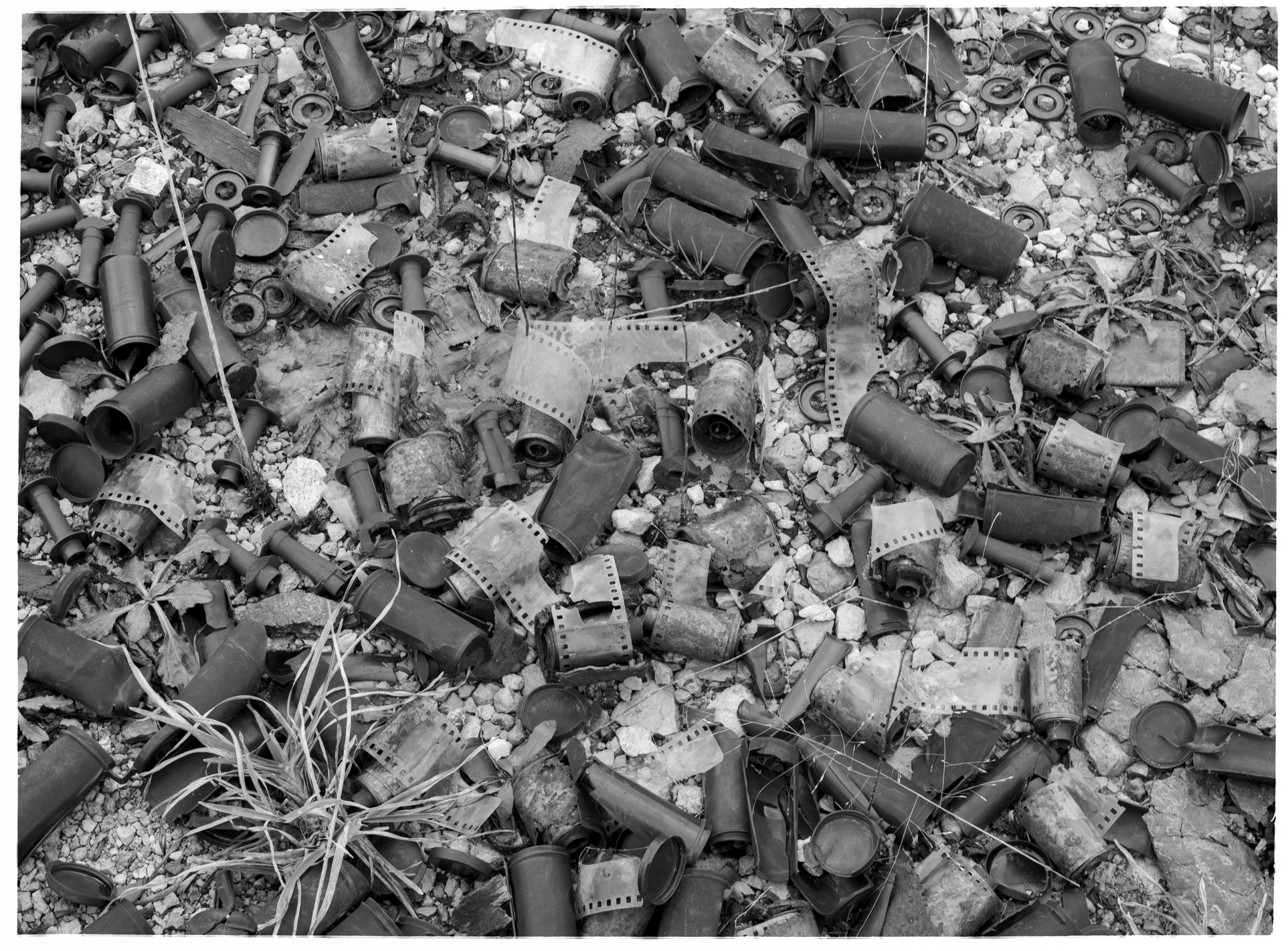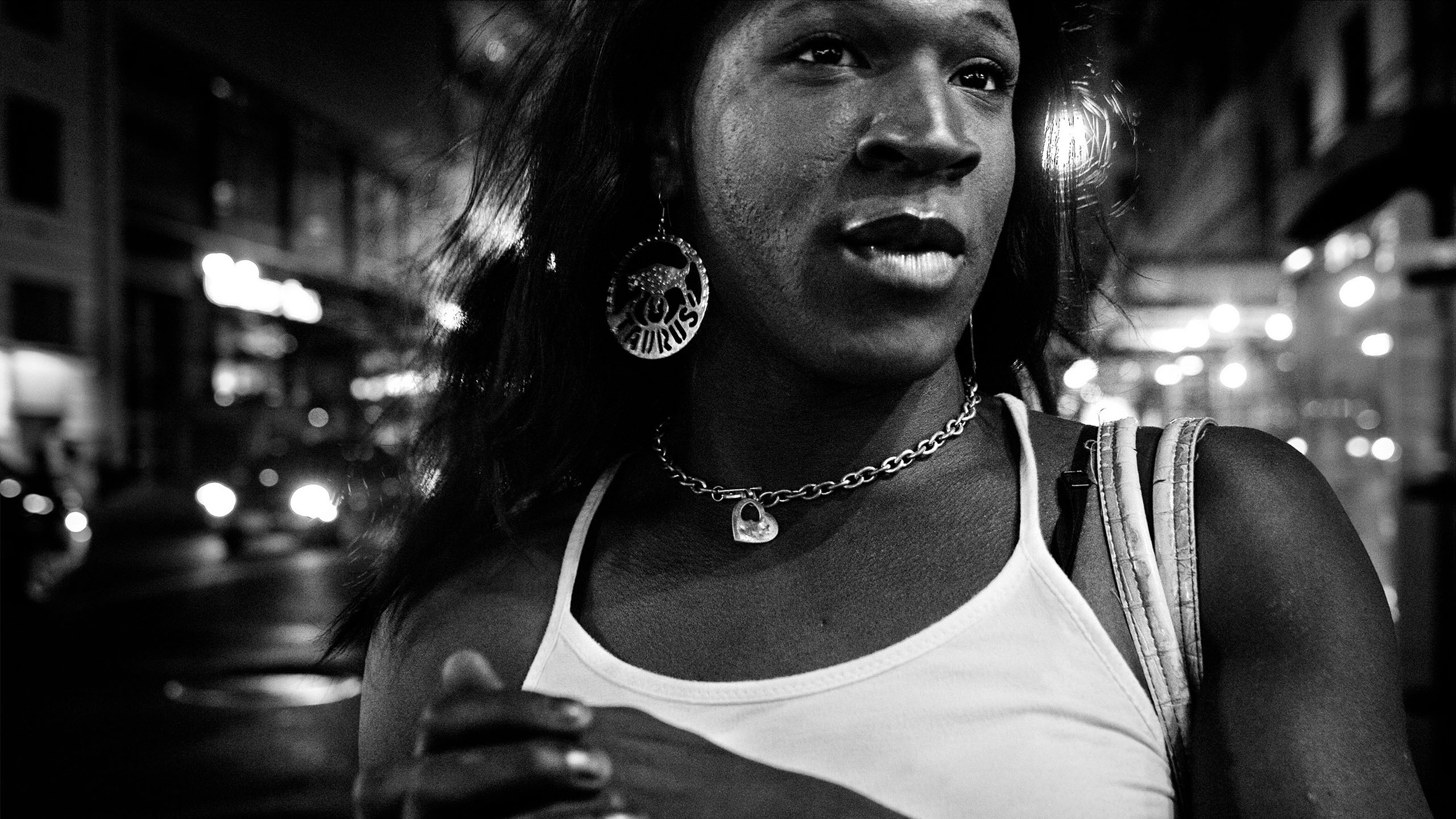“I was not necessarily conscious of my process at the time,” says Saint Omer director Alice Diop, “but now I realize that what I was looking for were people, actresses, in which I could bring about a total veracity, a total truth, just as if we were doing a documentary.”
Diop, speaking with POV via a translator by Zoom, delivers something altogether new with Saint Omer. The film, which is shortlisted as France’s submission in the Oscar race for Best International Feature and has won accolades including the Grand Prix at the Venice Film Festival and Best International Feature from the Toronto Film Critics Association, is Diop’s dramatic feature debut. However, Saint Omer artfully blurs the line between fiction and non-fiction as Diop draws upon her documentary roots. The film dramatizes the story of a Senegalese woman on trial for infanticide in France. Guslagie Malanda plays Laurence Coly, the accused, while Kayije Kagame offers a surrogate for the audience in Rama, a young writer who observes the trial in Saint Omer. The actors, both relative newcomers, inhabit the characters with richly lived-in performances. Diop accentuates this naturalism with her patient and observational style.
In finding the right performers, though, Diop sees little difference between casting for drama or documentary. “I approached the casting nearly like a documentarian,” observes Diop. “I looked for who these women were within.”
Creating the Present Moment
Saint Omer furthers Diop’s deeply humanistic approach to storytelling that one sees in her documentaries like We/Nous (2021), which gives voice to Parisians at the margins of the city through conversations with the director as she travels along the rail line, or La permanence (2016), which observes the stories of migrants in a Parisian hospital as newcomers receive care from a doctor.
“What was very important for me is that they would not perform,” adds Diop. “They would not act. My decision in directing actors is encapsulated in staging a situation that allows them to be in the moment. That affords them the spontaneity of being those characters.”
Diop achieves this characterization by shooting the trial in long takes in which the actors deliver the characters’ testimonies. Some takes draw upon shoots that ran for 20 minutes. These compelling monologues let viewers feel the full weight of Laurence’s burden. The accused woman begins the trial with an odd plea: she acknowledges that she killed her daughter, but argues that she isn’t criminally responsible. As Malanda recounts Laurence’s story, she invites audiences to enter a headspace that is rarely considered. She slowly unfolds a life of barriers, double standards, and prejudices. Her carefully chosen words draw the attention of journalists and commentators. Everyone covering the trial, save for Rama, is awed that a Black woman with an IQ of 130 speaks intelligently. By putting Laurence’s psychology and lived experience on trial through these long takes, Saint Omer challenges viewers to confront the biases and expectations they may bring to such a tale.
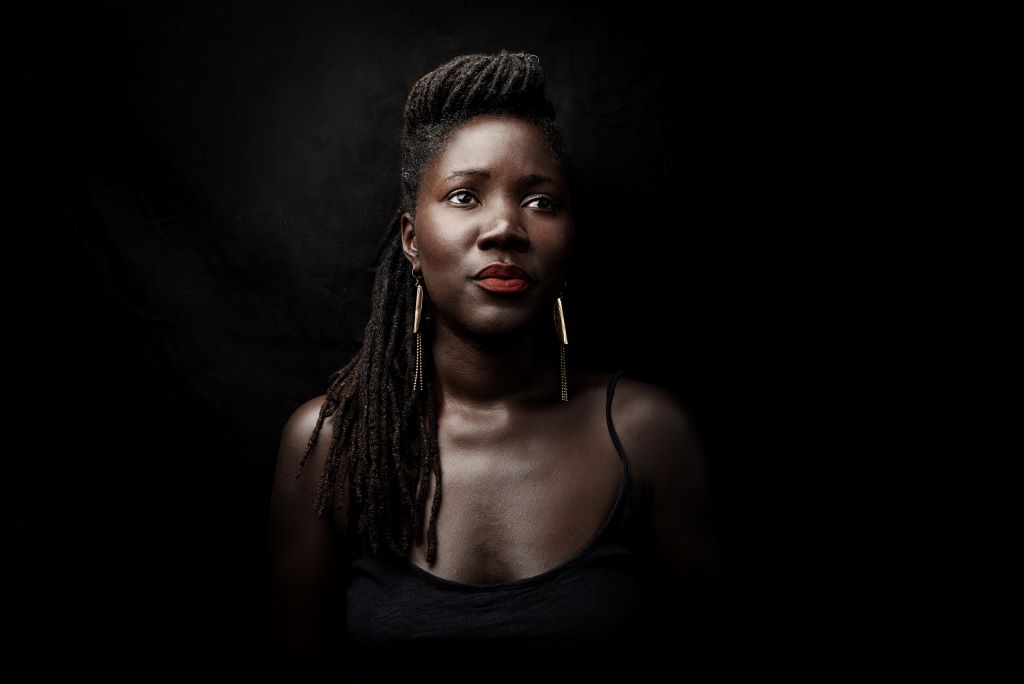
Filming in Real Time
Moreover, the emotional toll of Laurence’s testimony hits Rama in gallery. Diop constructs a shot-reverse shot style that positions Rama as the receiver of the court’s words. It is as if Laurence addresses them to her or as if Rama is one of few people who truly sees the woman on trial.
To accentuate the emotional realism of the court scenes, Diop says that she shot Saint Omer sequentially. “To film in real time in continuity allowed the actors to live the emotions in the present,” explains Diop. “For those 20-minute long one-shots, we usually shot them once and then sometimes a second time just for safety.” However, Diop says that she always favoured the first take during the edit.
“It was proof that the most genuine emotion was in the present moment. Immediate,” says Diop. “Curiously, it was impacting even the technical side, the crew, because we too were living in the moment with that emotion, which we did not remove ourselves from. In a way, we were all extras on that stage witnessing this trial that was happening in front of us in real time.”
Using striking natural lighting in shots lensed by Claire Mathon (Portrait of a Lady on Fire), Diop adds that the mise-en-scène keeps the viewer in the present moment. “Claire saw this project much like how I look at directing. It’s sitting exactly at the intersection of fiction and documentary.” Diop says they drew inspiration for the courtroom aesthetic from classical paintings, but also the documentaries of Frederick Wiseman (the grandmaster of long takes), the realist films of Raymond Depardon (like 10e chambre), as well as the aesthetic minimalism of Robert Bresson and the moodiness of Marguerite Duras.
A Cinema of Visibility
Moreover, Diop frames the trial’s long takes as direct addresses. The approach mirrors the aesthetic of La permanence, which positions the camera at a slight distance from the subjects. They speak to the doctor entrusted with their care, yet Diop captures empathetic portraits as they share their stories. “Every film I do is a bit of an extension of other films I did previously. I used my experience in La permanence to reflect how I was going to approach Saint Omer. It allowed me to deepen the quest I started with La permanence.”
Cinephiles familiar with La permanence may also be tempted to relate one of its most memorable characters to Laurence. La permanence ends with the story of an African migrant who brings her baby to the doctor. As she tells her story, she becomes overwhelmed with emotion as the conversation forces her to relive her trauma. The moment is especially memorable because a social worker asks Diop to leave her camera and console the woman. Diop agrees and offers a reassuring arm. Much like Rama sees a full portrait of Laurence, Diop’s presence in La permanence invites viewers to look at the characters with a new lens.
“The thread that links all my films is to create a space of visibility for people at the edge of visibility,” observes Diop. “La permanence is a film about immigrants that forced us to look at things we do not want to look at. Saint Omer is a film that put in the center of the frame a woman who nobody saw. All my direction is about the political statement of the necessity to put this woman profoundly in the center of the gaze.”
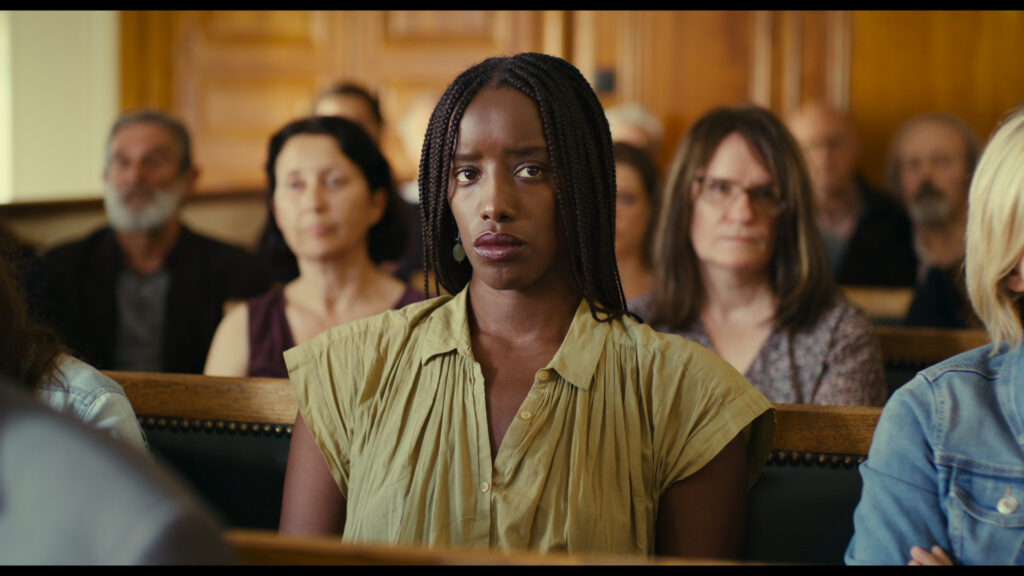
Scripting the Trial
While Saint Omer draws upon Diop’s observations of the trial, the director says that she didn’t meet Fabienne Kabou, the woman whose story inspires the drama. However. she ultimately didn’t need to do so while creating a fictional interpretation. “Fiction allowed me to go further in the exploration of this character and I believe it goes further than reality,” says Diop. “I did not expect for Guslagie to copy or imitate the actual person. Even though I was at the trial, I never had in mind to make a copy of the real person, which is why the character of Rama is not me.”
Saint Omer further explores the hybrid space of fiction and non-fiction by drawing upon the actual court transcripts. Although Laurence Coly is not Fabienne Kabou, Malanda therefore interprets her words in a kind of verbatim theatre. For Diop, the choice to draw words from the court texts is simple: “Reality is more powerful than fiction,” says Diop. “For the vocabulary of the real text, the greatest writer could not have come up with lines as brilliant, as true, as what she was saying.”
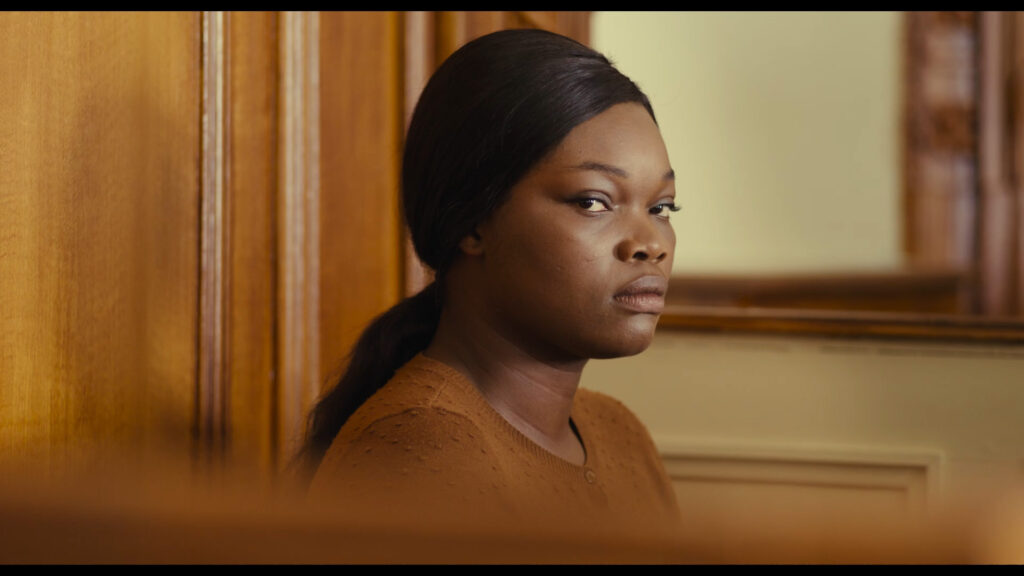
Creating a New Language
Recognizing the gravitas of these authentic words, Diop underscores the trial with notes of Greek tragedy as Saint Omer evokes the tale of Medea, the Greek goddess who killed her sons. “The case had some resonance of a contemporary tragedy, which had the potential to put myself and the audience in a state of catharsis similar to a Greek tragedy,” notes Diop. “The political dimension is to take those Black actors and have them incarnate this classic tragedy. To incarnate the tragedy is to take the story to the level of a universal truth.” In the way that Laurence’s sophisticated language and dramatic phrasing reveals the prejudices she encounters, the evocation of Medea in Saint Omer underscores the roles that Black women are expected to play in the French society. Yet it actively pushes against prescribed roles by affording Laurence the stature of a character as archetypal as Medea.
“It’s a film that is carried by Black actors, Black women, but at the same time, goes beyond what we usually see for the French society,” observes Diop. “But it’s also a formally radical film. The formal requirements, the aesthetic approach, and the demands of cinema are as important as the representation of Black bodies.”
Diop says it’s an honour to be representing France in the Oscar race this year with a film like Saint Omer that creates new aesthetic space in cinema. “Very often when you are a Black director, you are reduced to the expectation that you only going to talk about the voiceless people or the invisible people,” observes Diop. “Few people look at us as creators, artists, innovators, and creators. What I am most interested in as a director, whether you are Black or white, is the ability to create new language in cinema.”




